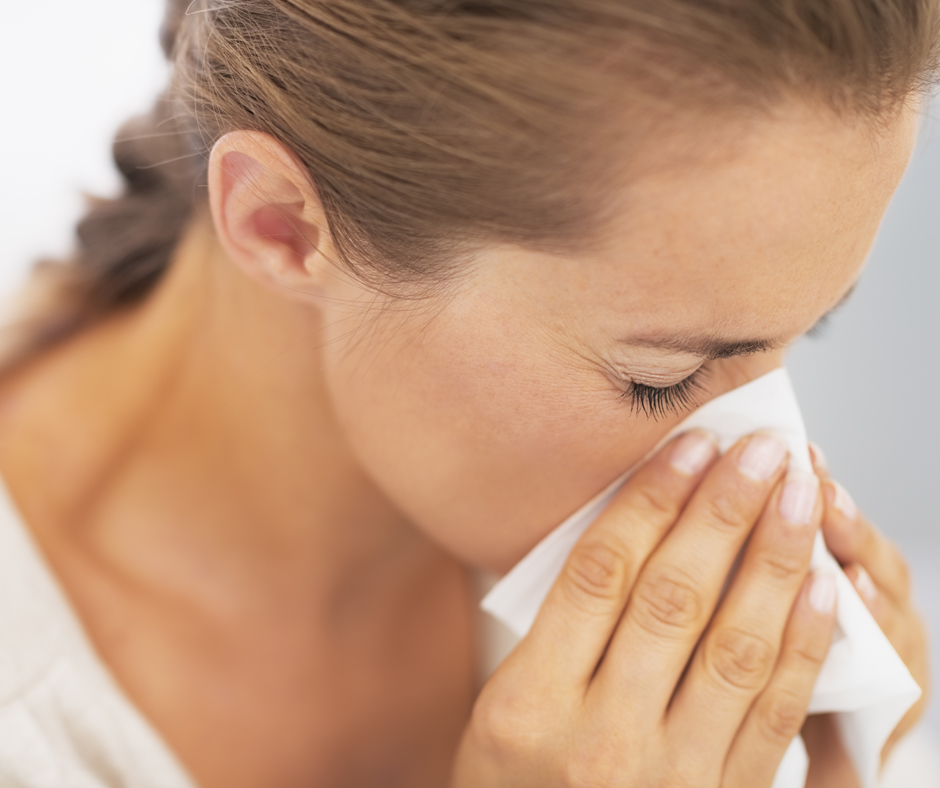Think you know all about allergies? There’s plenty of information available about the subject – it’s one of the most common chronic health issues in the world. But as with all trending topics, you shouldn’t believe everything you read and hear about allergies. Some commonly repeated “facts” aren’t entirely accurate – and some are just plain wrong.
Whether it’s pollen or your pet that triggers your allergy symptoms, there are a few common beliefs that you should definitely put to bed. Here are the top allergy myths you should know (and then forget).
Myth: Short-haired dogs and cats don’t cause allergy symptoms.
Fact: There is no such thing as a hypoallergenic dog or cat.
Pet allergies don’t actually stem from hair. People with pet allergies are actually allergic to proteins found in pet dander, skin, saliva, and urine. All dogs and cats produce these proteins whether they have short hair or long hair (or any hair at all!).
However, dog and cat breeds that shed less may be a better choice for allergy sufferers because pet hair collects allergens like pollen and mold spores. Non-shedding breeds are also less prone to dry, flaky skin and usually require more frequent grooming, both of which help reduce dander loss.
Myth: Eating local honey can cure seasonal allergies
Fact: There is no scientific evidence that eating local honey reduces allergies.
This misconception stems from the idea that local honey must contain local pollen, so eating it regularly acts as a natural form of immunotherapy. However, bees typically pick up pollen from brightly-colored flowers, which is not the type of pollen that causes seasonal allergies. Plus, unprocessed honey could contain bee venom or body parts that can cause severe anaphylaxis – and it may contain no pollen at all.
Myth: Flowers cause seasonal allergy symptoms.
Fact: Hay Fever is usually caused by pollen from grass, trees, and weeds.
Pollen must be airborne to cause allergy symptoms – that’s how it gets to your eyes, mouth, nose, and clothing – which means it has to be small enough and light enough to travel on the wind. Pollen produced by flowering plants is large and sticky so it can attach to passing insects, which makes it unlikely to float on a breeze.
On the other hand, pollen produced by grasses, trees, and weeds is small, light and dry – just the right type to travel far and wide on a windy day. These are the culprits for your spring sniffles.
Myth: There’s no pollen at the beach.
Fact: Beaches are not pollen-free.
It’s true that pollen counts can be lower at the beach, but that doesn’t mean they are zero. Ragweed pollen can travel over 400 miles across the ocean and is often found floating far out to see. Many beaches also have coastal grasses that also produce allergy-causing pollen, and their damp, humid environment makes them a hotspot for outdoor mold.
Myth: You can outgrow allergies.
Fact: Allergy immunotherapy is the only proven way to reduce allergies over time.
There is a grain of truth to this one. Some children outgrow common food allergies as they age, and adults over 50 are known to have reduced allergy symptoms.
But these facts can be misleading. The likelihood of naturally outgrowing a food allergy depends on the type and severity of each case. Many children never outgrow their food allergy. As for older adults, allergy experts attribute the decrease in symptoms to a weaker immune response rather than any form of allergy tolerance.
In all cases, the best way to combat severe food and environmental allergies is to work with an allergist to identify your triggers and use allergy immunotherapy to achieve lasting relief.

